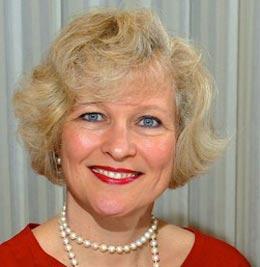Canada offers two paths to spousal sponsorship

By Catherine Sas,
Special to The Post
For families struggling to decide how to sponsor a spouse who is already in Canada, the answer may initially appear rather simple.
Indeed if you put that question to a Citizenship and Immigration Canada (CIC) call centre representative, their answer is almost always as follows: "If your spouse is in Canada you use the Inland Spousal sponsorship category but if your spouse is outside of Canada, you use the Family Class category."
However, as in most things to do with our Canadian immigration system, the answers to such questions are never that straightforward. The differences between the Family Class and the Inland Spousal categories are complex, but sponsors should consider both options—even when your spouse is already in Canada.
The Family Class category is the traditional immigration program to sponsor your spouse from outside of Canada. If your spouse is from a country that requires a visa to come to Canada, it’s your only option.
However, if your spouse is able to come to Canada, you have a choice between applying under either the Family Class or the Inland Spousal category.
Until recently, the Family Class was a much speedier processing option, and in many cases, still is. However, you’re not eligible to work in Canada while you’re waiting for processing.
You’re able to travel in and out of Canada while your application is in process and if the case is refused for any reason, you have a right of appeal to the Immigration Appeal Division (IAD).
In contrast, the Inland Spousal category was introduced in 2006 by way of a public policy directive and it replaced the former means of sponsoring a spouse in Canada under a Humanitarian and Compassionate (H&C) application.
This category was meant to sponsor spouses who were in Canada and hadn’t seriously breached parts of the Immigration and Refugee Protection Act (IRPA). Inland Spousal sponsorship ignores minor immigration transgressions such as entering the country illegally or working without a work permit, but it doesn’t tolerate misrepresentation or criminality.
Currently, wait times for internal spousal sponsorship can take up to two years. The processing time involves police clearances, medicals and security checks.
The policy also allowed for spouses in Canada to apply for a work permit. However, until a positive determination on the application, no work permit would be issued. Another difference is that if your application is refused, there is no right of appeal to the IAD.
Although processing times have been slower for Inland sponsorship than the Family Class, spouses were able to be together in Canada. As a result of the significant delays in processing Inland Spousal applications, CIC introduced a pilot project in late 2014 to issue open spousal work permits within four months of application and prior to any decision being made on the merits of the application.
Whether this pilot project will be extended, cancelled or formalized into a permanent program is yet to be decided.
With the introduction of the work permit pilot project for Inland applicants combined with the slower processing for Family Class applicants, sponsors need to consider both options carefully when deciding which program is best for their specific circumstances.
Catherine Sas, Q.C. has over 25 years of legal experience. She provides a full range of immigration services and is a leading immigration practitioner (Lexpert, Who’s Who Legal, Best Lawyers in Canada). Go to www.canadian-visa-lawyer.com or email casas@shaw.ca.









